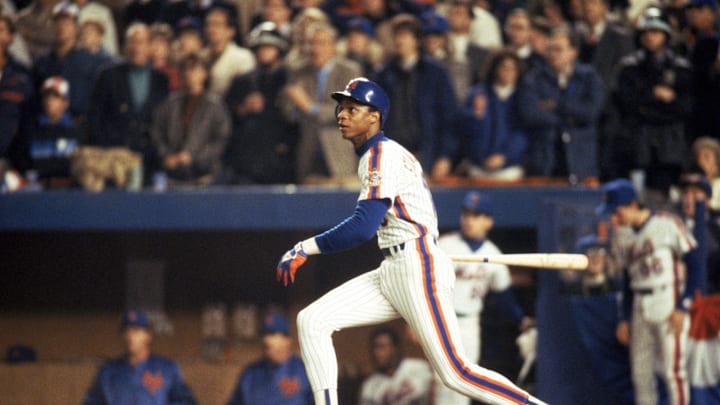Statcast has proven to be a viable tool for everybody associated with baseball since its inception in 2015. The New York Mets have had their fair share of elite talents that could’ve given us a quantifiable perspective of how talented these players were when they peaked as Mets.
1) Mets pitcher Dwight Gooden took the baseball world by storm in 1984 and 1985, dominating baseball as a young adult with two dominant pitches.
The Mets’ skid of seven straight losing seasons ended in 1984, the same year 19-year old righty Dwight Gooden made the team as a starting pitcher, and he made an impact from the start, winning National League Rookie of the Year in 1984 and the Cy Young the following year, and he was a must-watch every five days and he drew large crowds, earning the nickname “Doc” for leading the league in strikeouts in each of his first two seasons.
Doc utilized a plus-plus fastball and a nasty curveball to overwhelm the league those two seasons, and the advanced metrics on his pitches could have given us a greater appreciation for the hype that he received during the dawn of his career.
For example, the vertical movement on his 12-to-6 curveball caught hitters off guard, and it was unusual to see him dominate with his curveball because lefties are the ones usually associated with devastating curveballs, so a spin rate evaluation may have been useful, especially since the Mets had a pitcher with a crazy curveball spin rate recently with Seth Lugo.
Additionally, it would have been useful to see the expected average and weighed on base and slugging percentages would have given more appreciation as to how dominant and talented he was compared to the other pitchers of his league.
